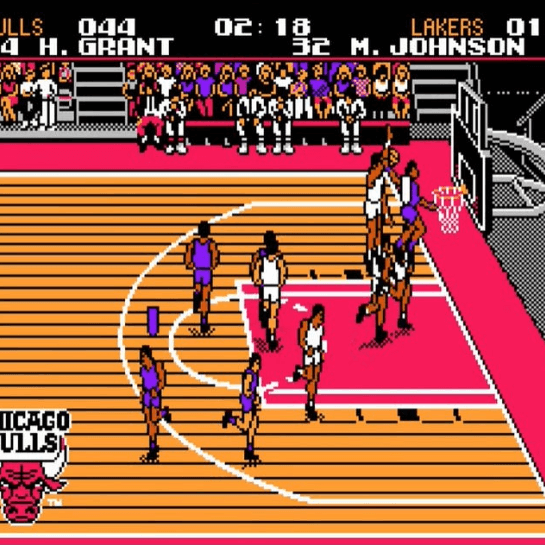Penalty Shootout
Penalty Shootout - The Ultimate Tiebreaker
What’s Penalty Shootout?
A penalty shootout is a thrilling way to decide a winner when a match ends in a tie after regular and extra time. Used in sports like football, ice hockey, and American football, it pits players against the goalkeeper in a high-stakes duel.
Who Made Penalty Shootout?
The penalty shootout was introduced to avoid replaying matches, ensuring a quick resolution. While its exact origin is unclear, it became official in football in 1970, revolutionizing how tiebreakers are handled.
Penalty Shootout's Core Gameplay
In football, each team takes five shots from the penalty mark. Players must alternate, and only those on the field at the end can participate. If scores are tied after five rounds, sudden-death rounds decide the winner.
Features of Penalty Shootout
- Fairness: Teams equalize numbers if one has more players.
- Sudden Death: A tense format where the first team to score and the other to miss wins.
- Technical Details: Goals in shootouts don’t count toward regular match stats.
Player Reactions About Penalty Shootout
Players often call penalty shootouts nerve-wracking but exhilarating. The pressure to perform can make or break careers, as seen in high-stakes matches like the UEFA Champions League. Fans love the drama, but critics argue it relies too much on luck over team effort.
The penalty shootout remains a captivating conclusion to closely contested matches.































Discuss Penalty Shootout: